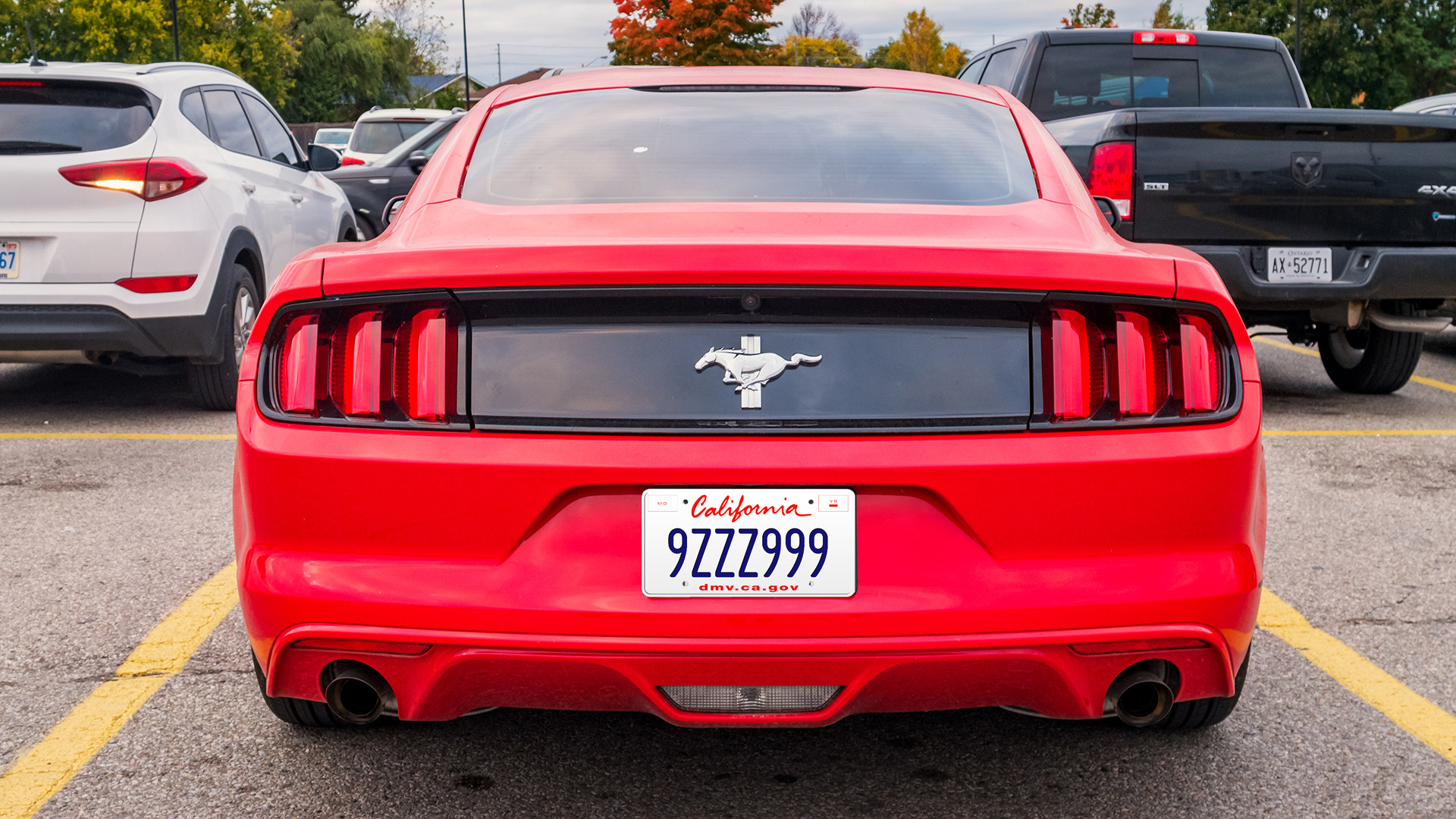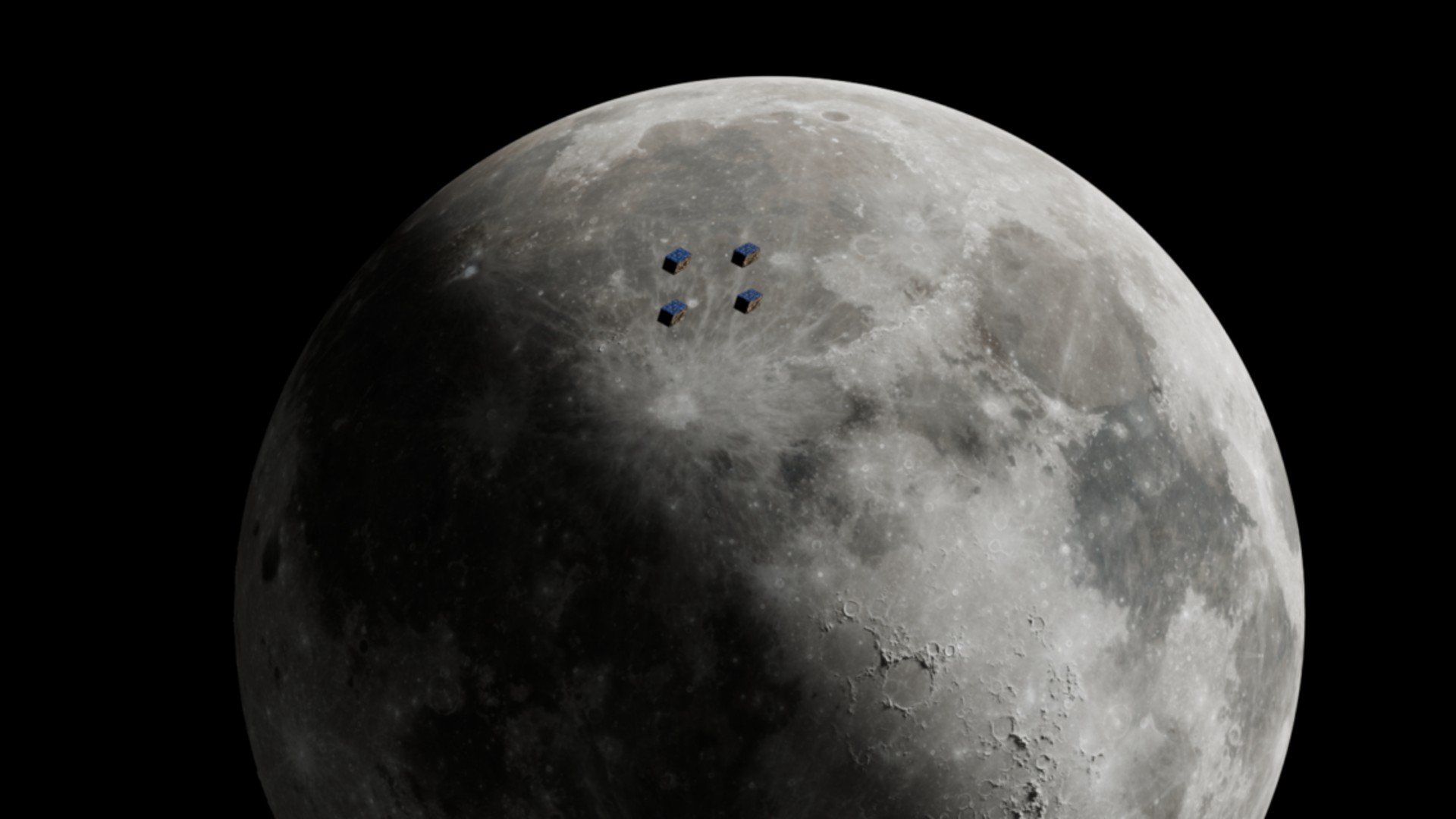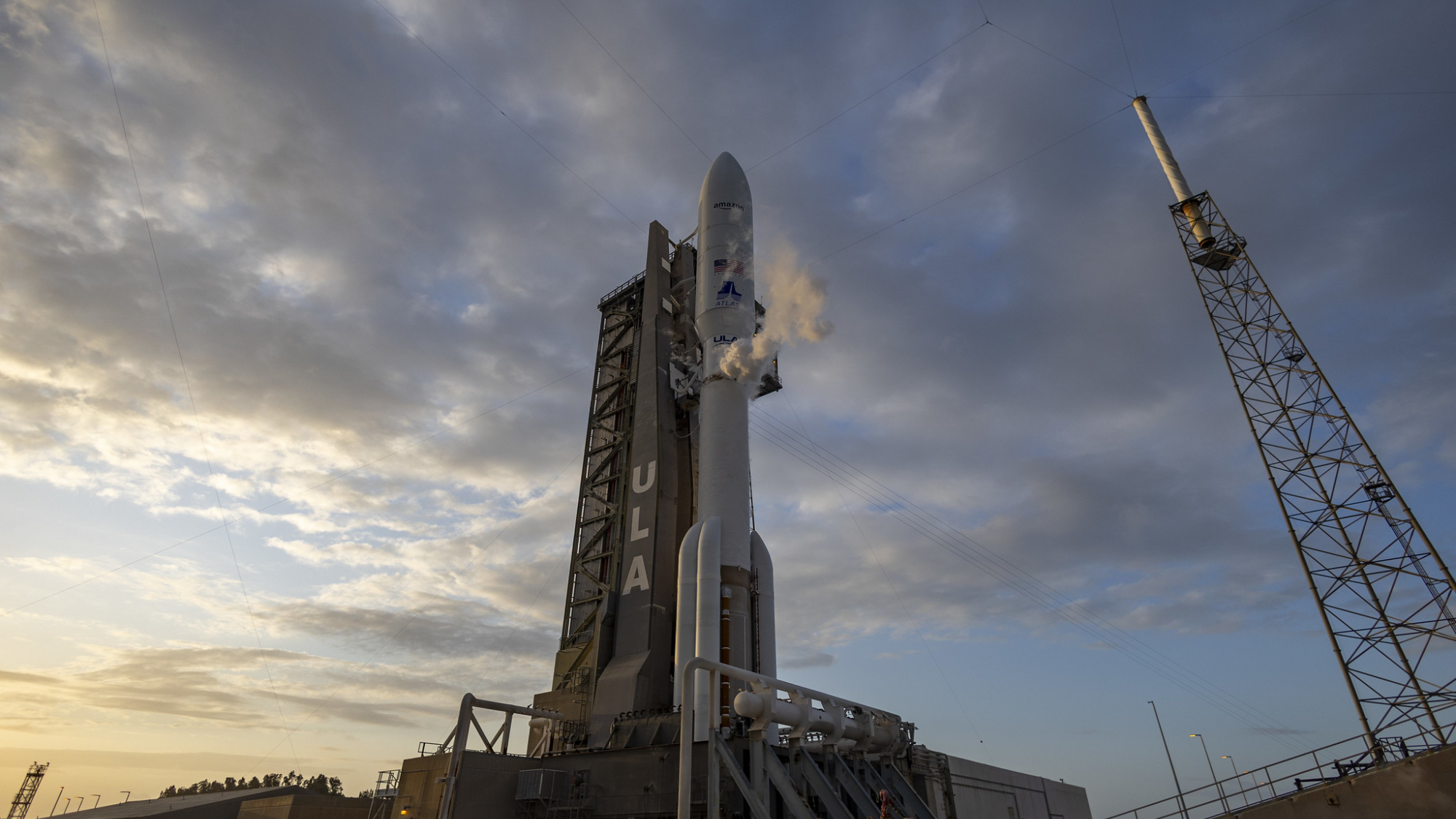Hackaday Links: April 20, 2025
We appear to be edging ever closer to a solid statement of “We are not alone” in the universe with this week’s announcement of the detection of biosignatures in the …read more


We appear to be edging ever closer to a solid statement of “We are not alone” in the universe with this week’s announcement of the detection of biosignatures in the atmosphere of exoplanet K2-18b. The planet, which is 124 light-years away, has been the focus of much attention since it was discovered in 2015 using the Kepler space telescope because it lies in the habitable zone around its red-dwarf star. Initial observations with Hubble indicated the presence of water vapor, and follow-up investigations using the James Webb Space Telescope detected all sorts of goodies in the atmosphere, including carbon dioxide and methane. But more recently, JWST saw signs of dimethyl sulfide (DMS) and dimethyl disulfide (DMDS), organic molecules which, on Earth, are strongly associated with biological processes in marine bacteria and phytoplankton.
The team analyzing the JWST data says that the data is currently pretty good, with a statistical significance of 99.7%. That’s a three-sigma result, and while it’s promising, it’s not quite good enough to seal the deal that life evolved more than once in the universe. If further JWST observations manage to firm that up to five sigma, it’ll be the most important scientific result of all time. To our way of thinking, it would be much more significant than finding evidence of ancient or even current life in our solar system, since cross-contamination is so easy in the relatively cozy confines of the Sun’s gravity well. K2-18b is far enough away from our system as to make that virtually impossible, and that would say a lot about the universality of biochemical evolution. It could also provide an answer to the Fermi Paradox, since it could indicate that the galaxy is actually teeming with life but under conditions that make it difficult to evolve into species capable of making detectable techno-signatures. It’s hard to build a radio or a rocket when you live on a high-g water world, after all.
Closer to home, there’s speculation that the famous Antikythera mechanism may not have worked at all in its heyday. According to researchers from Universidad Nacional de Mar del Plata in Argentina, “the world’s first analog computer” could not have worked due to the accumulated mechanical error of its gears. They blame this on the shape of the gear teeth, which appear triangular on CT scans of the mechanism, and which they seem to attribute to manufacturing defects. Given the 20-odd centuries the brass-and-iron device spent at the bottom of the Aegean Sea and the potential for artifacts in CT scans, we’re not sure it’s safe to pin the suboptimal shape of the gear teeth on the maker of the mechanism. They also seem to call into question the ability of 1st-century BCE craftsmen to construct a mechanism with sufficient precision to serve as a useful astronomical calculator, a position that Chris from Clickspring has been putting the lie to with his ongoing effort to reproduce the Antikythera mechanism using ancient tools and materials. We’re keen to hear what he has to say about this issue.
Speaking of questionable scientific papers, have you heard about “vegetative electron microscopy”? It’s all the rage, having been mentioned in at least 22 scientific papers recently, even though no such technique exists. Or rather, it didn’t exist until around 2017, when it popped up in a couple of Iranian scientific papers. How it came into being is a bit of a mystery, but it may have started with faulty scans of a paper from the 1950s, which had the terms “vegetative” and “electron microscopy” printed in different columns but directly across from each other. That somehow led to the terms getting glued together, possibly in one of those Iranian papers because the Farsi spelling of “vegetative” is very similar to “scanning,” a much more sensible prefix to “electron microscopy.” Once the nonsense term was created, it propagated into subsequent papers of dubious scientific provenance by authors who didn’t bother to check their references, or perhaps never existed in the first place. The wonders of our AI world never cease to amaze.
And finally, from the heart of Silicon Valley comes a tale of cyber hijinks as several crosswalks were hacked to taunt everyone’s favorite billionaires. Twelve Palo Alto crosswalks were targeted by persons unknown, who somehow managed to gain access to the voice announcement system in the crosswalks and replaced the normally helpful voice messages with deep-fake audio of Elon Musk and Mark Zuckerberg saying ridiculous but plausible things. Redwood City and Menlo Park crosswalks may have also been attacked, and soulless city officials responded by disabling the voice feature. We get why they had to do it, but as cyberattacks go, this one seems pretty harmless.







































































